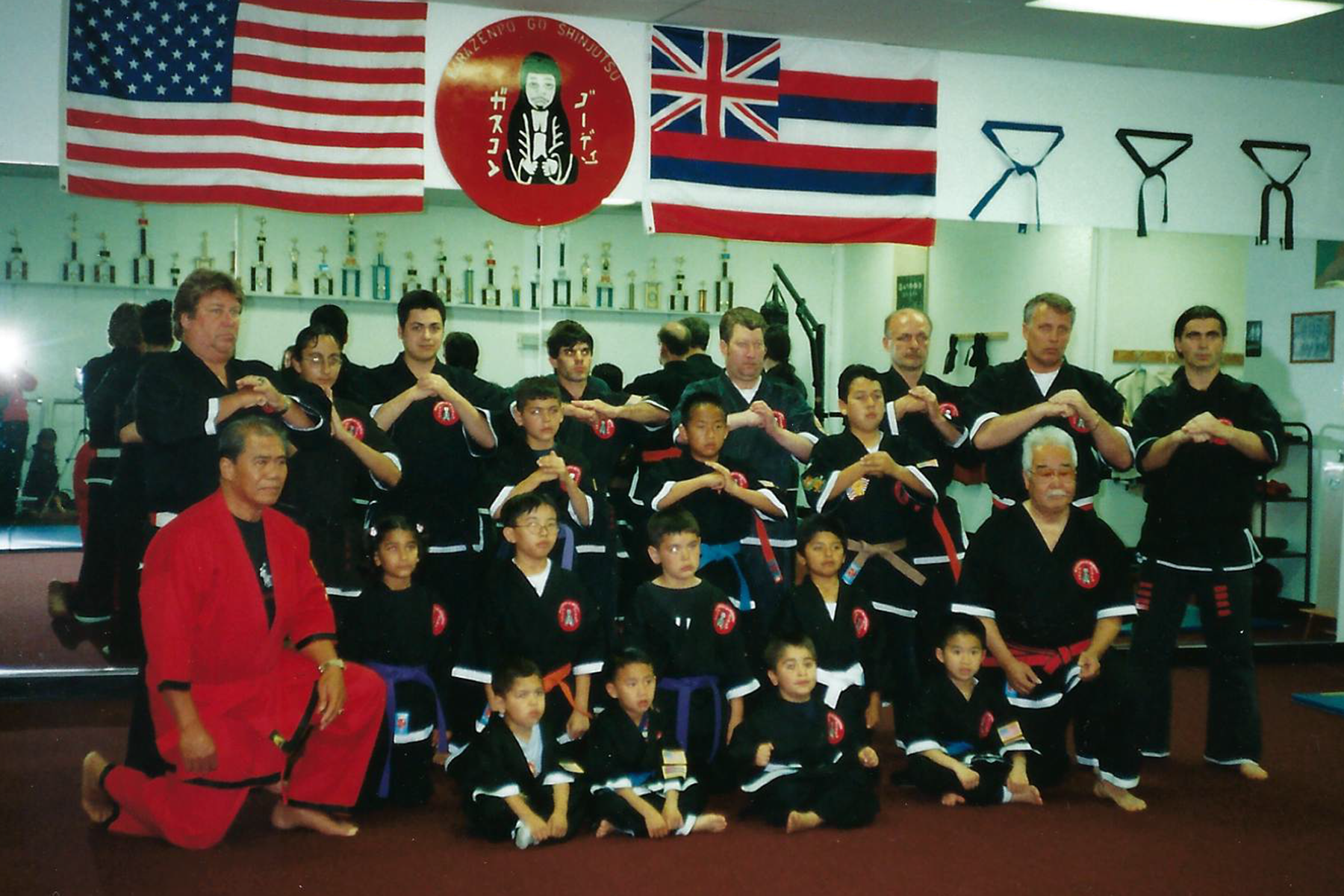Teaching a room full of students at different skill levels has vexed instructors for years. What is the best way to keep everyone progressing towards their next rank yet have the least number of instructors on the deck? How do you adjust your lesson when key student levels don’t show up, thus sending your plan into a tailspin? Over the last decade, there has been a movement towards Phase Curriculum. Implementing this concept has been perfected over the years, and it helps the instructor plan his class better.
First, you must understand the concept. Phase Curriculum is a new paradigm for teaching and ranking. It disassociates material from the rank. So, Technique 4 is no longer a Yellow Belt technique. It is a technique in Phase 2. It also requires each rank to have the same amount of material. Phases don’t work in an increasing curve of material. Each rank must be teachable in the same time block – usually four months. In a sense, it remakes each Phase into a college class, and all the classes must be completed before graduation. But the classes are not offered in order.
Next, you must understand how the concept is implemented. Each Phase is a block of time, say summer or fall. This block of time is assigned a Phase, like Phase 1 or Phase 4. These Phases are snippets of material that are the focus of instruction during that time period. When the time period or block ends, there is a rank test. Then, the next Phase begins. If Phase 2 is completed, then the next Phase is 3.
How does it equate to rank colors? This is where the concept gets tricky. Our first three ranks are Beginner ranks. These allow the new student to get comfortable with balance, terms, and punching. They are very simple ranks with easy requirements.
We start the Phase Curriculum at White Belt. The former White Belt material is now Phase 1, Yellow Belt material is now Phase 2, and so on. After you graduate from the Beginner cycle (three phases), you are promoted to Red Belt and join the Intermediate class. Most likely, they are not in Phase 4; they could be in Phase 5 or 6.
Regardless, you join the class and learn Phase 4 material. Normally, that’s Red belt material. However, at the end of the cycle, you get promoted to your next rank, Purple. You still need Phases 4-6 before changing to Advanced classes. The next Phase is 5, and now you learn that material. Other students who finished all the phases at this level are now in the Teal Belt and have moved to the Intermediate class.
The classes are divided into Beginner, Intermediate, and Advanced ability levels. This equates to White-Orange belts, Red-Blue belts, and Teal-Brown belts. This prevents a new Purple belt from learning difficult Brown belt material. The difference between Purple Belt and Blue Belt material is minimal learning that material “out of order” shouldn’t be an issue. And “out of order” is a subjective decision anyway. Someone long ago decided to do it that way and poof, it’s “traditional”.
By reaching your Black Belt test, you still have all the same material as if you went “in order”. But it has tremendous benefits for the instructor. Now, he only has to prepare for one “level” of material. Everyone in the same class is learning exactly the same thing. The three higher-ranking folks aren’t learning a different kata from the lower-ranking folks. Everyone can work together on the same thing at the same time. Now, the instructor doesn’t have to split his or her time between two or three groups in the same class. The instructor devotes their full time to all the students simultaneously. This is much more efficient.
Example:
- Pat starts at the school as a White Belt and Phase 2. At the end of the cycle, Pat is promoted to Yellow Belt and begins learning Phase 3. Again, Pat completes the cycle, is promoted to Orange Belt, and starts Phase 1. At the end of the cycle, Pat earns the Red Belt.
- Pat graduates to the Intermediate class and begins Phase 5. Pat takes the exam and is promoted to Red Belt. Then Pat attends Phase 6, and when the cycle ends, Pat is promoted to Purple Belt. Finally, Pat learns Phase 4. At the end of the cycle, Pat earns the Teal Belt.
- Pat changes to the Advanced class and begins Phase 8. When the cycle is complete, Pat earns the Green belt. The next Phase is 9, and completing that cycle earns Pat a Brown Belt. Finally, Pat attends Phase 7 class. When that cycle ends, Pat signs up for the Black Belt Test. Pat has learned all the Phases.
This example shows that Pat learned the material out of order but still earned the ranks in order. You can note that Pat technically learned White Belt material as an Orange Belt and Yellow Belt material as a White Belt. The ranks of White, Yellow, and Orange Belts have similar complexity of curriculum material–the order in which it is learned is not as important at that level.
Here are the highlights of Phase Curriculum. First, classes are divided by similar skill levels; everyone learns the same material simultaneously. Next, those who complete each segment can advance to the next skill-level class or stay in the class for the next phase. Rank is measured by time and material, but the material is not bound to a particular rank. Finally, by Black Belt, all material is covered.
That’s Phase Curriculum in a nutshell. Its benefits to you are more instructor time, regular advancement dates …and a less stressed instructor.



